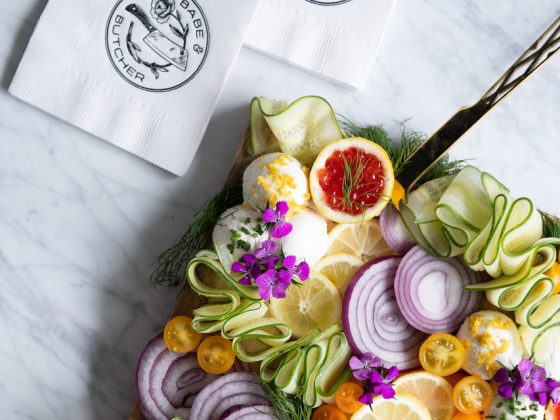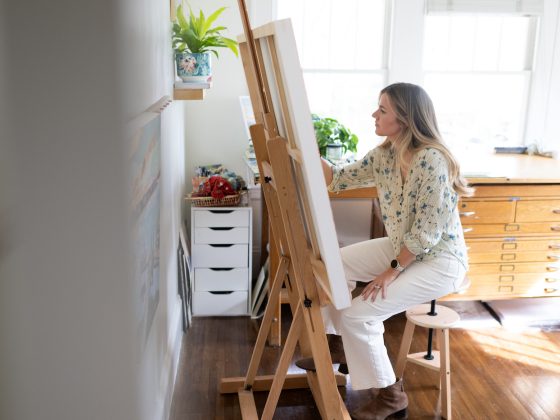An Information Technology Manager by day and a wood worker by night, Ray Overman finds that each job helps him come up with creative solutions for one while [he’s] working on the other. Like many artists, he does the majority of his studio work after his day job. Housed in a small 8×10 studio, he plies his creative skills into making tea pots, cryptic puzzle boxes, lidded vessels, cigar box and bowl guitars, bowls, vases, and the Stacked Stone series that represent a history of trail markers of cairns.

Having moved to the Charlotte area in 1998 with his wife Jenny, Overman feels extremely lucky. The area is full of creative and talented people, as well as gallerists and collectors that support my work. It doesn’t hurt to have the inspiration of the Mint Museums collection either. Overman’s venture into wood working began in 2001. “The business side came out of the necessity to fund my tool and sandpaper habits. I think thats how most wood turners and wood workers start selling their work. People see it; they would like to own it, and they convince you to let go of it. A sense of satisfaction and enjoyment coupled with the ability to replenish consumables without dipping into your regular budget puts you in business.”
Teaching other wood turners about how he approaches his work comes with a mantra of bits and pieces. Pulling from Napoleon Hill in his book Think and Grow Rich, Overman believes you start where you stand, and work with whatever tools you may have at your command, and better tools will be found as you go along. “Partnered with this comes the advice to use sandpaper like someone else is buying it, theres nothing new under the sun (Ecclesiastes 1:9), and I’m an ends justify the means artist. Use any tool, any idea, and any technique to get to the finished product because the goal is to get to the finished product.”

Overman describes the reclaimed and found wood he uses as a type of neighbor-wood, local trees that have been taken down for various reasons of decay or disease, but he also uses heirloom wood. Heirloom wood is from a tree that has a special meaning to a person and will be used to make a piece that will be passed down from generation to generation. This piece holds a specific memory of sorts for the family. Because Overman loves history, he is more sensitive to the wood he chooses. ”I like knowing where a tree grew and what may have happened under it the more texture, cracks, inclusions, and blemishes, the more character and stories a piece has to tell. Theres satisfaction in using something that was discarded to make art that people want to touch, hold, admire, and own.” With everything there are ebbs and flows. At times Overman has too many ideas and not enough time to produce them or he lacks the material to create the idea, but he’s happy where he is right now.












